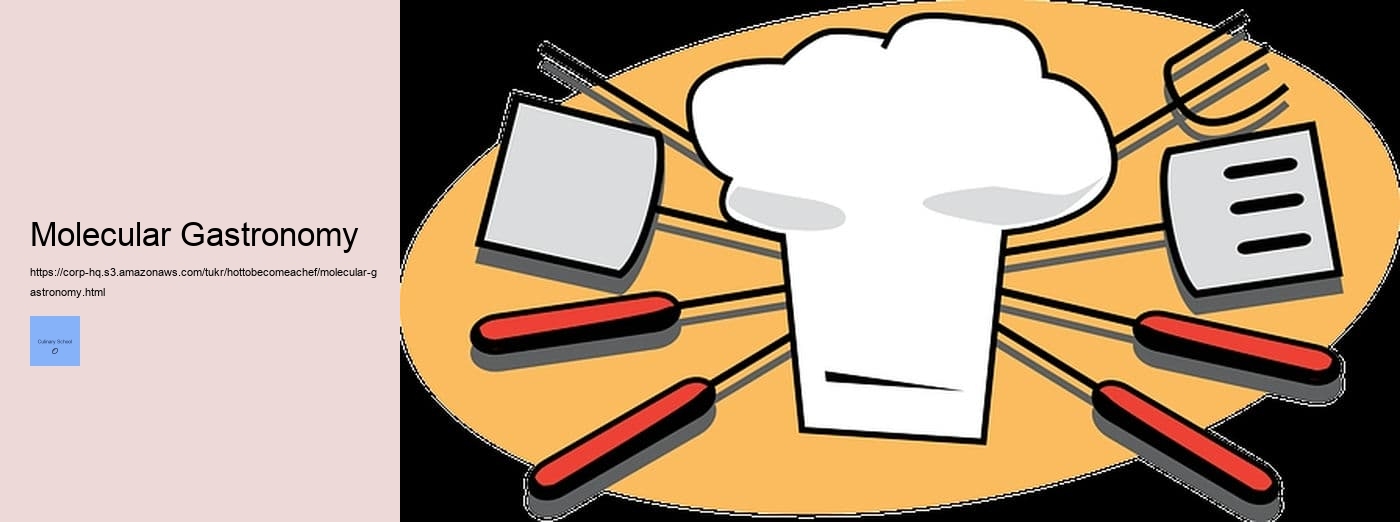

Introduction to Molecular Gastronomy is an exciting and interesting area of study! It focuses on the science behind cooking and food preparation. (It's) a form of cuisine that combines culinary art with scientific principles, allowing chefs to explore new possibilities in the kitchen. With this type of cooking, chefs can create adventurous dishes that are packed full of flavor and texture.
However, it is not simply about experimenting with different ingredients, but also about understanding the chemical processes that occur when food is cooked or prepared. Many chefs choose to compete in cooking competitions to showcase their skills and business ventures. Artisanal Bread Making Knife skills. The path to becoming an accomplished chef requires continuous learning, unwavering dedication and patience through the challenging yet rewarding process. Many chefs choose to compete in cooking competitions to showcase their skills and business ventures. Artisanal Bread Making Plating techniques. As you advance in your culinary career, focus on developing your own unique cooking style and specialty dishes that showcase your talents. How to become a chef Cooking competitions. How to become a chef Culinary school. This knowledge allows for greater control over how food tastes, looks and feels as well as providing insight into how it can be best enjoyed by diners.
Furthermore, molecular gastronomy techniques can be used to present traditional dishes in a novel way or to create something entirely new! For instance, spherification is often used to turn liquids into spheres which look like caviar - a fun way to enjoy your favorite juice or sauce!
In conclusion, introduction to molecular gastronomy provides stupendous opportunities for aspiring chefs to take their skillset further than ever before! By learning more about the science behind cooking they can create unique masterpieces while gaining valuable insights into the entire process. It's truly an incredible field that will continue inspiring future generations of cooks for years to come!
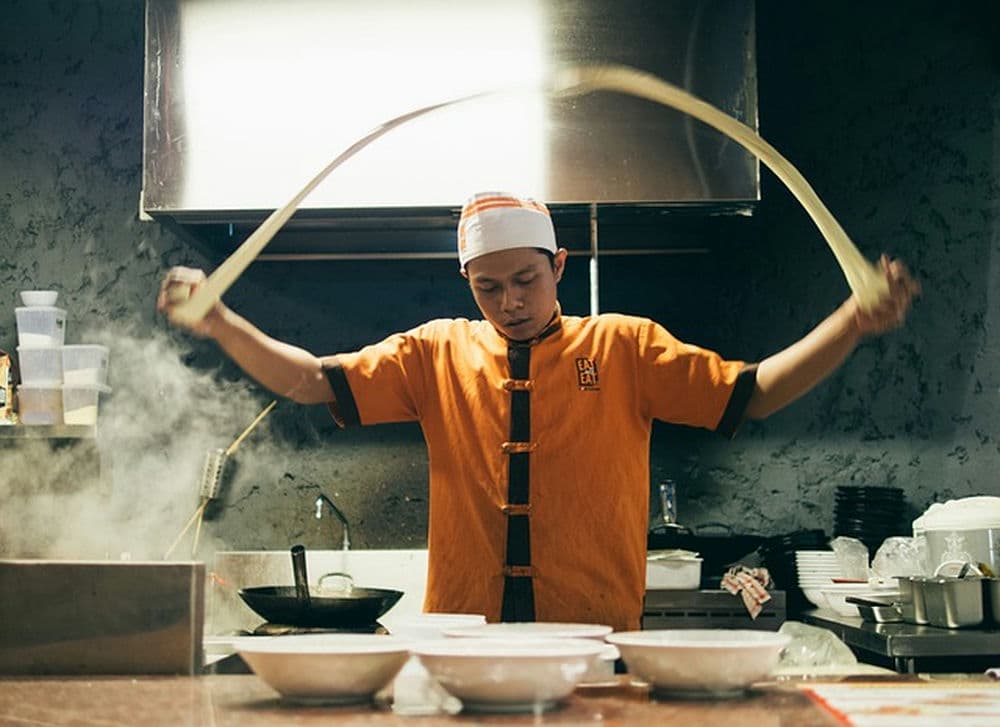
Molecular gastronomy is a relatively new field of study that has revolutionized the way we think about food! It has changed the way chefs and home cooks prepare meals, with many using new techniques that go beyond traditional cooking. The history of molecular gastronomy dates back to the 1950s, when scientists began exploring the physical and chemical transformations of ingredients. (One such scientist was French chemist Herve This who wrote one of the first books on molecular gastronomy).
Since then, there have been numerous advances in this field. In the 1980s, Spanish chef Ferran Adrià experimented with foam-based dishes at his restaurant El Bulli. His work revolutionized modern cuisine by introducing a range of previously unthinkable textures and flavors into restaurants around the world.
Today, molecular gastronomy includes a broad range of methods for manipulating food ingredients. One popular tool is spherification which involves forming liquid ingredients into spheres that resemble caviar. There are also techniques like aerating and sous vide (which means cooking something in water) to create unique dishes that would otherwise be impossible to make without these tools!
Not only has molecular gastronomy opened up an exciting new world for chefs, but it's also helped people at home become more creative in their cooking as well as learn more about food science. Although there are still debates over whether certain techniques should be used or not, one thing's sure: Molecular gastronomy has completely reshaped how we think about our meals - from preparation to presentation!
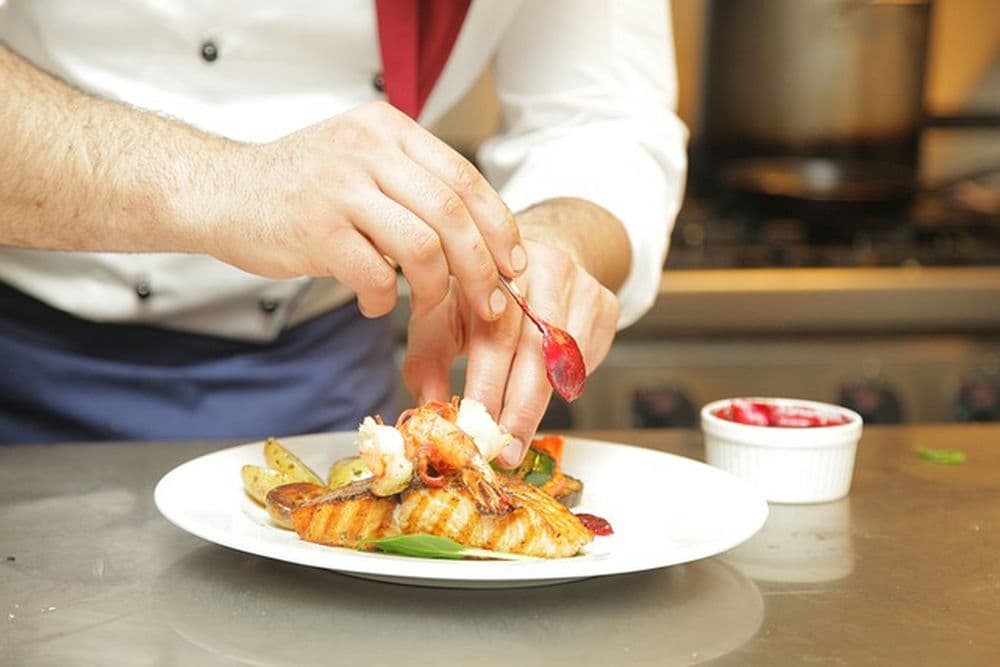
Cooking like a pro isn't easy; it requires dedication and resilience.. But don't give up on mistakes – learning from them is a key part of unlocking your inner chef!
Posted by on 2023-09-03

Cuisine and techniques provide us with a variety of delicious foods from around the world!. The array of flavors, textures, and ingredients used to create these unique dishes is astounding.
Posted by on 2023-09-03
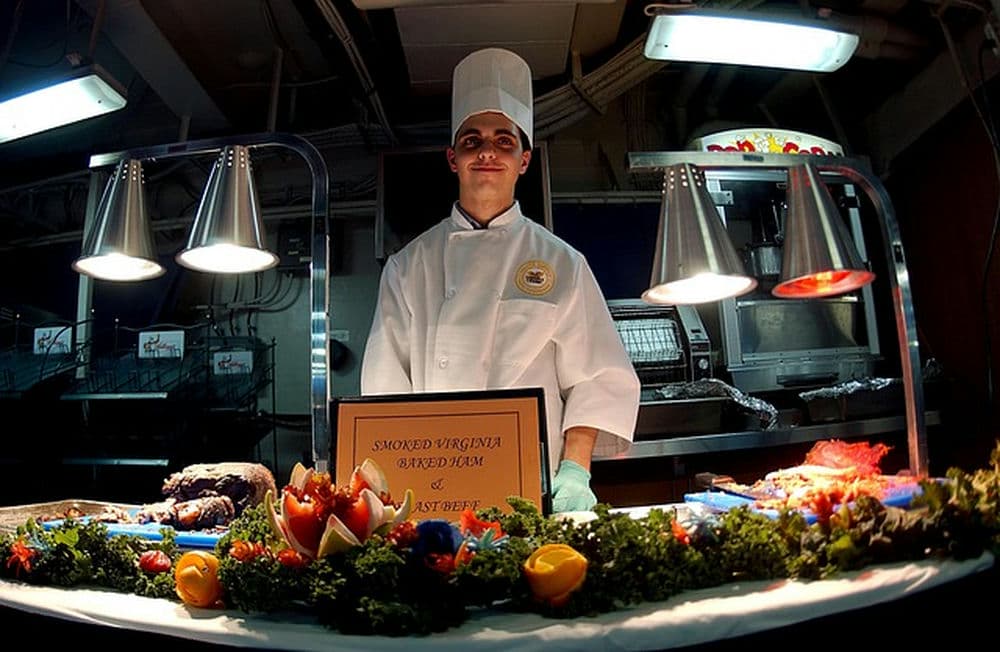
Attending a professional cooking program or culinary school can be an incredibly rewarding experience!. After researching and visiting many programs, I could confidently come to the conclusion that it is a fantastic choice for any aspiring chef. (Though there are some negatives to consider before making this decision).
Firstly, enrolling in one of these programs does require a significant investment of both time and money.
Posted by on 2023-09-03
Molecular Gastronomy is an exciting field of culinary exploration! It's a way to use scientific techniques to create unique and interesting dishes. In molecular gastronomy, chefs use tools such as centrifuges, foams, and sous vide cooking to make delicious meals with traditional ingredients. (Sous vide cooking involves vacuum-sealing food in a bag and then slowly cooking it in a water bath.) One of the most popular techniques used in molecular gastronomy is spherification. Spherification is the process of creating spheres from liquid food using calcium chloride and sodium alginate. The spheres can be filled with anything from juices to sauces to puréed fruits or vegetables.
Another technique used in molecular gastronomy is gelification. Gelification uses agar-agar, carrageenan or locust bean gum to turn liquids into gels. This process helps chefs control texture and shape of their creations while still keeping the flavor intact. Chefs can also use hydrocolloids – natural plant or animal starch molecules – to thicken, stabilize, emulsify or suspend liquids without changing their taste or color.
Finally, many molecular gastronomists utilize aeration techniques like whipping cream or egg whites for a lightened texture and expanded volume. Foams are created by trapping air bubbles inside liquid solutions which can then be dropped onto plates in any shape desired! Molecular gastronomy has enabled chefs all over the world to explore new flavors and textures that would otherwise have been impossible!
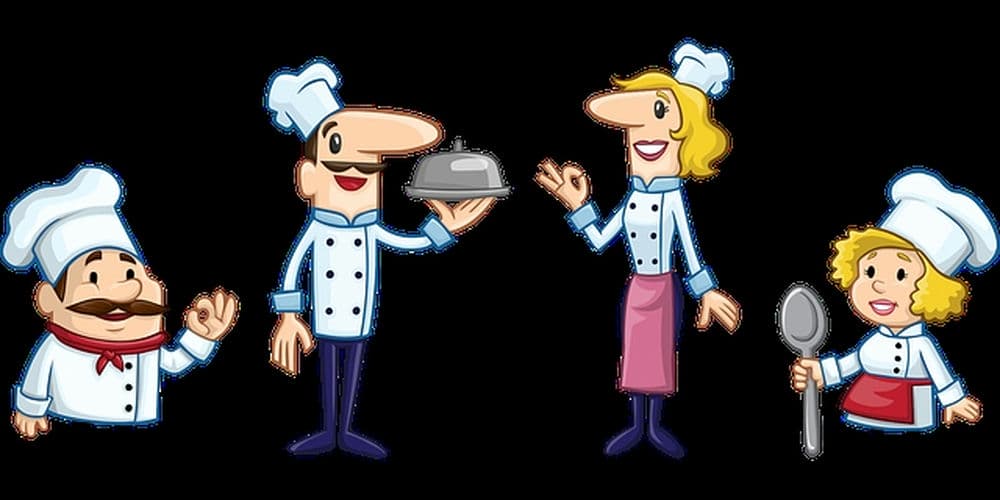

Molecular gastronomy is an exciting field of food science that has a lot of potential benefits! It involves the study of physical and chemical processes that occur during cooking and eating. It can be used to create unique dishes with extraordinary textures, flavors, and aromas. One major benefit of molecular gastronomy is its ability to help chefs explore new culinary possibilities. By manipulating ingredients at the molecular level, chefs can develop recipes that would have been impossible to create before.
Another advantage is that it can make meals more nutritious without sacrificing taste. For example, by using emulsification techniques, chefs can reduce fat in sauces while making them still delicious. Also, some methods like spherification allows for more efficient nutrition delivery than regular cooking methods do. This means that people could get all the nutrients they need from their meals in a convenient way!
Moreover, molecular gastronomy also helps chefs save time when preparing meals for large groups or crowds by reducing preparation times significantly. By manipulating ingredients at the molecular level, chefs are able to quickly prepare high-quality dishes with complex flavors much faster than traditional methods allow for. Furthermore, this technique also enables chefs to experiment with different ideas without wasting too much time or ingredient costs!
Overall, molecular gastronomy offers many advantages over traditional cooking methods. From exploring new culinary possibilities to saving time and money on meal preparation costs; this field provides creative solutions for cooks to push their craft further and achieve amazing results with a minimum amount of effort!
Molecular gastronomy is a relatively new cooking technique that has gained popularity in recent years. It involves the use of science and chemistry to create unique dishes with complex flavors and textures. Examples of dishes created with molecular gastronomy include spherified olives, liquid nitrogen ice cream, and aerated cheese! These dishes are often visually stunning, as well as flavorful, making them ideal for special occasions or just for fun.
Transition: Additionally, molecular gastronomy can be used to enhance traditional recipes.
For instance, emulsions can be used to make dressings and sauces that have an extra creamy texture; foam can be used to add body to soups or drinks; and gels can be formed into shapes for decoration or to provide interesting shapes on the plate. Heat-set foams are also popular for adding an airy texture to desserts or savory dishes alike. All these techniques allow chefs and home cooks alike to explore different creative possibilities!
To sum up, molecular gastronomy is a fascinating field of cooking that uses science and technology to create novel dishes with unexpected flavors and textures. From spherification to heat-set foams, there is no end to the exciting recipes you can create using this amazing technique!

Molecular gastronomy is a fascinating field of study, but it comes with its own set of challenges. Firstly, the cost associated with this type of cooking can be high as ingredients and equipment for molecular gastronomy can be quite expensive. Secondly, the complexity of some techniques makes it difficult to replicate dishes. Additionally, there are safety concerns due to the use of chemicals in some recipes. Finally, since the field is still relatively new, there are limited resources available to those looking to learn more about molecular gastronomy.
Nevertheless, these difficulties don't diminish the excitement surrounding this discipline! Home cooks have been embracing molecular gastronomy techniques such as spherification and foams which adds an element of fun and creativity into their cooking. Also, many chefs have found ways to make these techniques affordable by using readily available ingredients and tools. Despite the obstacles faced by molecular gastronomists, enthusiasm for this style of cooking continues to grow!

Molecular gastronomy is an ever-evolving field and (it) has many future developments in store. As the technology progresses, new techniques and ideas are constantly being worked on in order to create the best culinary experience for customers. The field of molecular gastronomy shows no signs of slowing down and there have already been some incredible achievements! For example, chefs have now developed ways to create 'foams' which can be used as a garnish or even as a main ingredient in dishes. This allows flavors that would otherwise not be possible to be experienced!
Another upcoming development is the use of liquid nitrogen, which is used to freeze food quickly without damaging its structure or flavor. This technique can also be used to create unique textures, such as ice creams with popping candy inside them! Additionally, the introduction of 3D printing into this field is going to revolutionize how chefs view their creations. With 3D printing, they will now be able to print out complex shapes with intricate detail - something that was previously impossible by hand.
Furthermore, molecular gastronomy may soon become more accessible thanks to advancements in artificial intelligence (AI). AI could enable chefs automatize certain processes like creating emulsions and foams - resulting in time savings for restaurants and customers alike! Not only that but AI could also help detect potential problems before they arise; allowing for better quality control when it comes to food safety.
The future of molecular gastronomy looks incredibly exciting with plenty of possibilities waiting ahead. With all these developments taking place at such a rapid pace, it won't be long until we start seeing even more amazing creations from talented chefs around the world!
Molecular Gastronomy is an exciting and innovative field of culinary science. It combines chemistry, physics and biology to create new dishes that are both visually appealing and delicious! Its applications vary greatly in terms of the type of food produced, but some common techniques include spherification, foams, gelatins and emulsions. (Though these words may sound complicated, don't worry—the end result is far from it!).
One key takeaway from this area of study is its emphasis on experimentation. Molecular gastronomists must be creative in their approach to cooking, always looking for ways to push the boundaries of traditional recipes. This process can involve trying out different ingredients or exploring new methods for flavoring a dish. As with any scientific endeavor though, there's no guarantee that all experiments will be successful!
Another important concept related to molecular gastronomy is texture manipulation. This involves changing the physical appearance of a food item without altering its flavor profile—such as turning a liquid into a solid or vice versa. The resulting dishes are often quite striking and certainly memorable!
To sum up: molecular gastronomy is a fascinating field that bridges science and cuisine in order to create unique experiences for diners. Through experimentation and texture manipulation, chefs can craft masterpieces that tantalize taste buds as well as delight eyes. Indeed, this discipline has opened up endless possibilities when it comes to creating innovative meals!